by Samantha Baskind
The Real Meaning Behind Audrey Flack’s Art
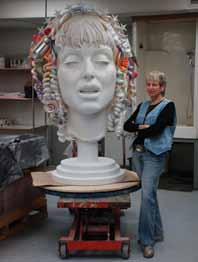 Audrey Flack’s intensely illusionist canvases plumb personal and feminist issues replete with complex symbolic iconography. Scholars principally address Flack’s feminist content, in both her paintings, which often probe stereotypes of womanhood, and her sculptures, frequently depicting goddesses and other female figures. Largely ignored is the influence of Flack’s Jewish background on her art, especially her exploration of biblical imagery. Her interest in the Bible includes a foray into New Testament subjects, especially figures experiencing intense agony.
Audrey Flack’s intensely illusionist canvases plumb personal and feminist issues replete with complex symbolic iconography. Scholars principally address Flack’s feminist content, in both her paintings, which often probe stereotypes of womanhood, and her sculptures, frequently depicting goddesses and other female figures. Largely ignored is the influence of Flack’s Jewish background on her art, especially her exploration of biblical imagery. Her interest in the Bible includes a foray into New Testament subjects, especially figures experiencing intense agony.
…Flack’s decision to work on Christian material was in fact prompted by her Jewish heritage and the tradition of midrash. Flack is particularly attracted to the history of biblical women; through her art she aims to elucidate their hidden stories and move beyond standard chauvinistic accounts.
…Flack [below left with “Self-Portrait as St. Theresa”] received her BFA from Yale University in 1952, apprenticing with Bauhaus artist Josef Albers. Nearly as influential as her esteemed teacher was a course Flack took as undergraduate called The Iconography of the Bible, which, she notes, “affected my whole life.” …Flack explains her motivation for making Eve: “Redemption. Redemption of women who’ve been wronged. Straightening and correcting the image. The truth. The veritas. The real meaning. You know, taking away all of the centuries of torturous blame, distortion.”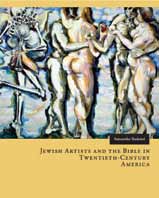
From Jewish Artists and the Bible in Twentieth-Century America (Penn State Press, 2014)
Less-Obvious Paths into Judaism
The articles in this special section:
The Real Meaning Behind Audrey Flack’s Art
by Samantha Baskind
Art in this section by Audrey Flack; her realism is inflected by how she reads women in the Bible.
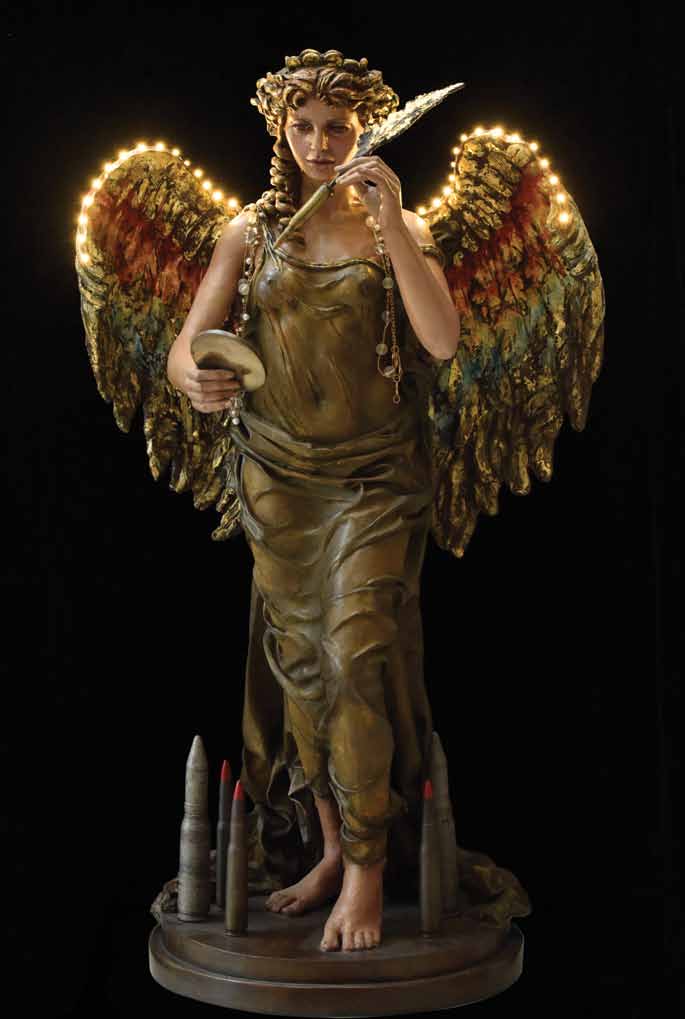
Beyoncé & Moses
by Emilia Diamant
A self-styled millennial finds revelation —just like at Mt. Sinai —when a new album drops.
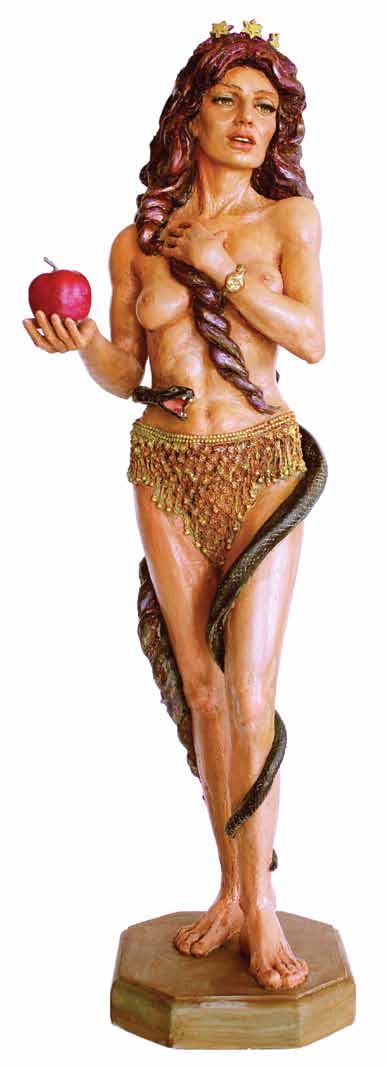
Sex & Judaism
by Merissa Nathan Gerson
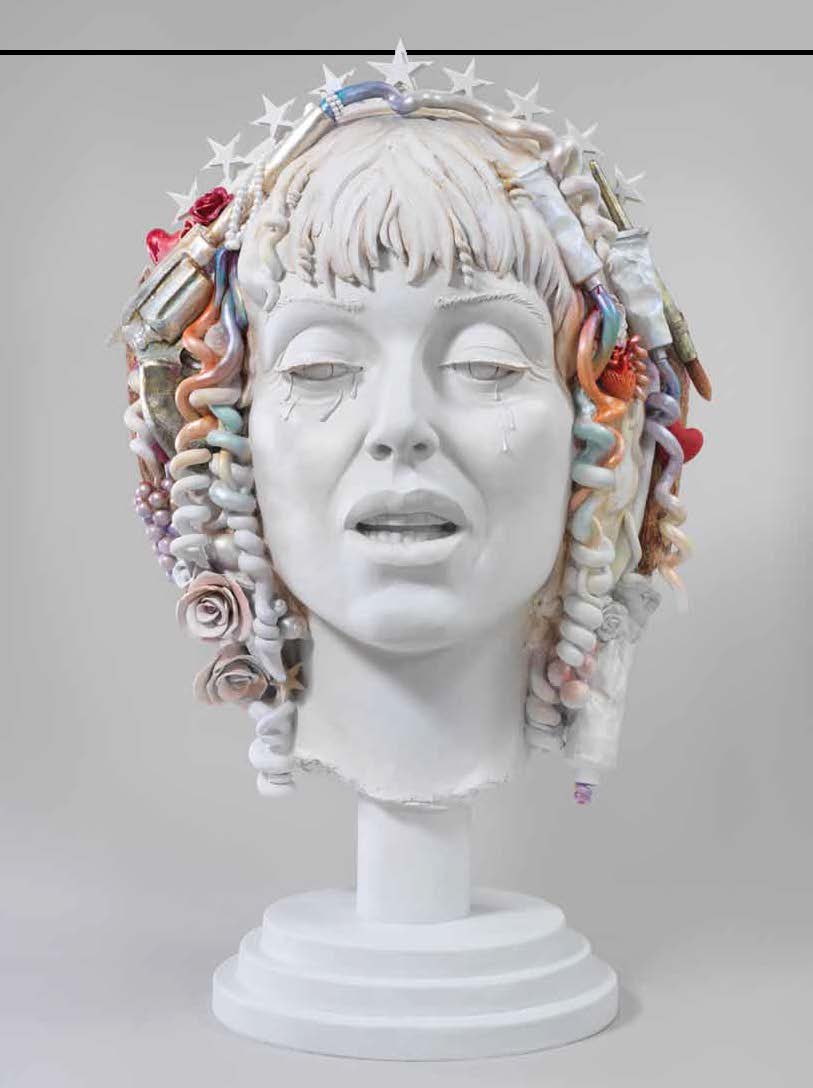
Transitioning & Converting
by Sam T.
I was a man in transition, and I was going to welcome myself. I set out to find a community.”
 Please wait...
Please wait...